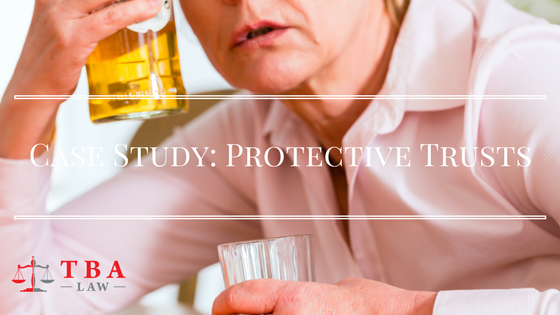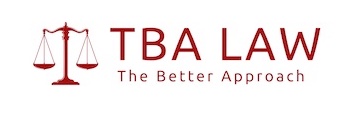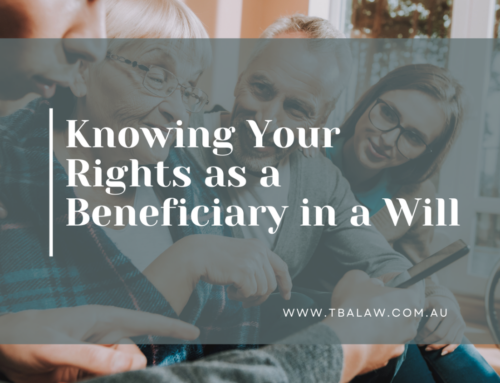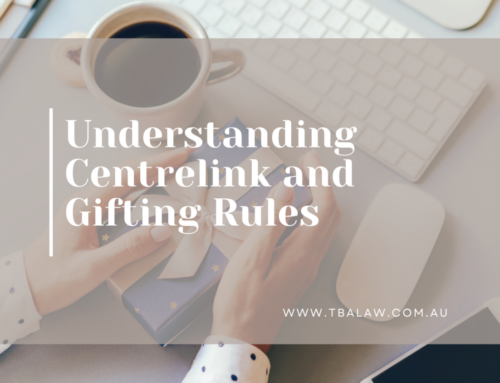Case Study: Protective trust
Protective trusts are not necessarily the best option to use when you have a vulnerable beneficiary, but they are still useful in some cases and should be considered by will-makers.
Jay is upset when his daughter’s marriage breaks down, and even more so when she returns to drinking heavily, which she did before Claire met and married Phil. It has been three years since she has been back on the bottle, and it is taking its toll. Jay decides that he cannot leave anything directly to Claire, or else she will just drink heavily potentially to the point of drinking herself to death.

However, Jay does n to want to cut Claire out of his Will completely, because he knows that she is needy and would have a good claim against his Will if she was excluded. Instead, Jay decides that he must at least make sure she is housed, and has a regular income which is not too much at once that would result in her having too much cash to drink with.
Protectives trusts have been legislated – the Victorian version can be found in section 39 of the Trustee Act 1958. They are a bit old fashioned. How it works is that you leave the inheritance to your wayward child in a protective trust. Only the income earned from their inheritance can be paid to them, and the whole of the capital is protected. It prevents the wayward child from spending a capital lump sum. After your wayward child dies, the capital part of the inheritance can be passed to someone else of your choosing (may be our grandchildren, or maybe another child).
Jay decides to leave a portion of his estate on trust for Mitchell to manage, specifically to ensure that Claire is housed. Another portion of his estate is left in a protective trust for Claire, again with Mitchell managing the money, with its income being paid to her fortnightly, and on her death the balance would be shared between Claire’s children.
These were set up a lot in the 1950s and 1960s, but there has been many that have been contested and set aside, so the child ends up with their inheritance anyway. Jay is hopeful that Claire will respect his wishes, or at the very least, not be functioning well enough to receive legal advice to have the trust set aside. So whilst the capital is protected, the income is not.





Hi there. Many thanks 🙂 Interesting page :).